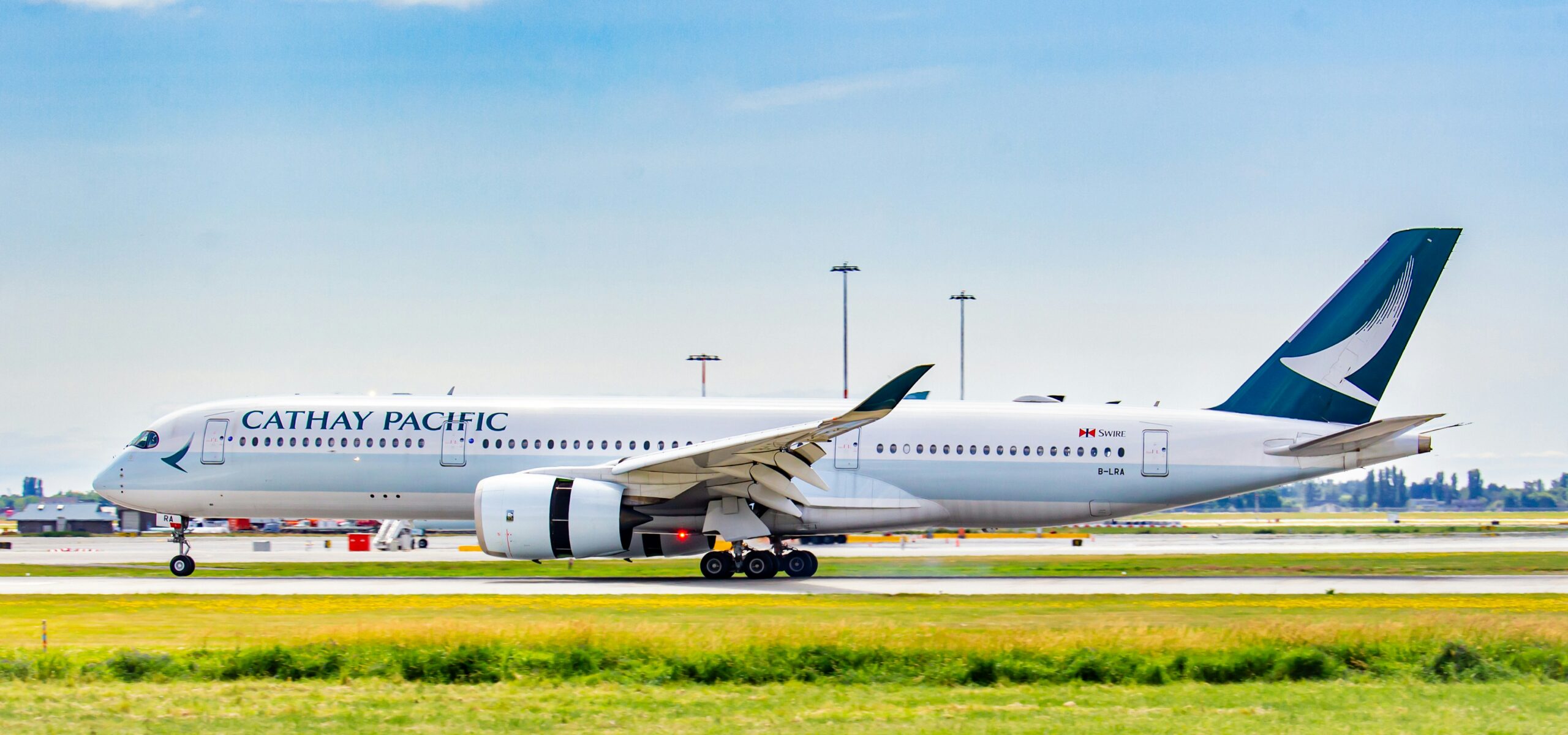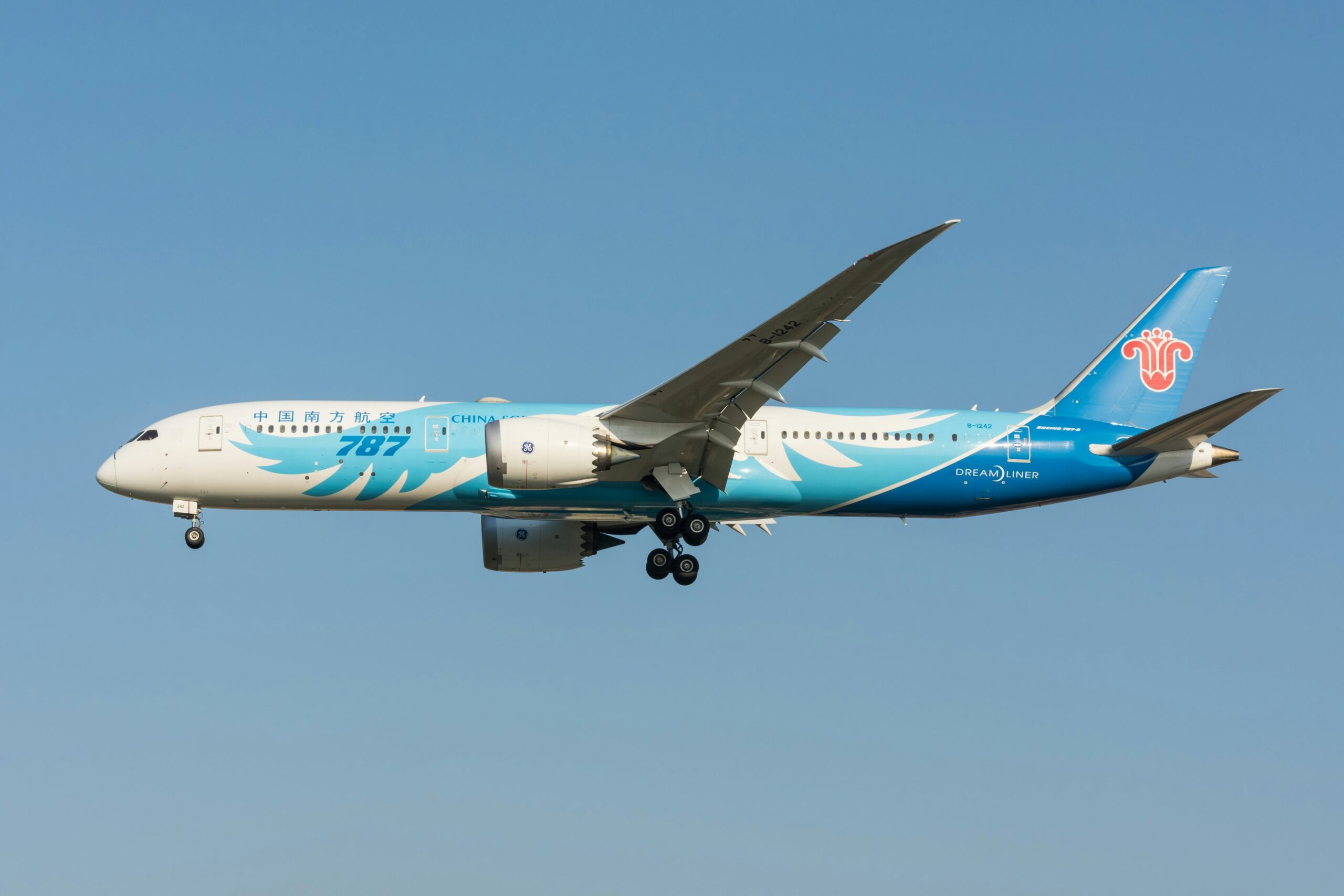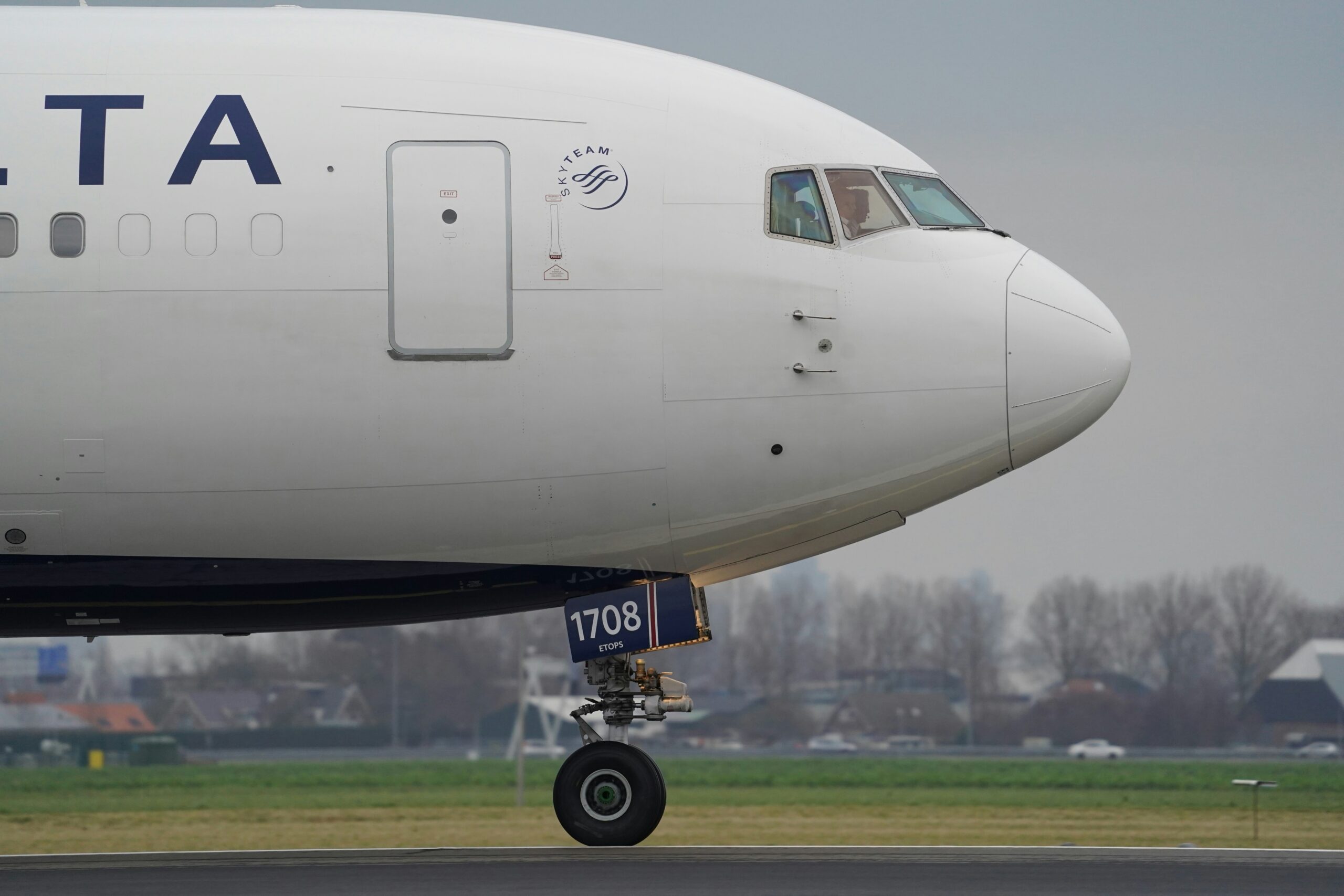Have you ever checked your bank statement after a big trip and nearly choked on your coffee? You budgeted carefully, stuck to your spending limits, and yet there it is — a pile of extra charges from ATM withdrawals and card payments abroad. You’re not alone. Learning the art of Avoiding ATM And Card Fees Abroad is something every traveler should master if they want to stop losing money on the road. Thankfully, with a few smart strategies, you can keep more of your hard-earned cash for experiences instead of bank fees.
On my first trip overseas, I remember pulling cash from an ATM in Rome, thinking nothing of it. Later, I was shocked to see not only a hefty local fee but also extra charges from my own bank, plus a sneaky percentage tacked onto every card payment. Back then, I didn’t know better. But over the years, I’ve picked up tricks that now save me hundreds per trip. Let’s break them down so you can do the same.
Choose The Right Bank And Card Before You Go
The first rule of Avoiding ATM And Card Fees Abroad starts at home. Not all banks and cards are created equal when it comes to international travel. Some banks — especially digital-first or online banks — waive foreign transaction fees and ATM charges entirely. Others slap on a 3% fee for every non-local purchase, plus additional ATM withdrawal fees. Before you even pack your bags, call your bank and credit card company or check their websites. Make sure you know what they charge for international use.
Many savvy travelers swear by cards like the Charles Schwab debit card or the Capital One Venture credit card, which offer no foreign transaction fees and even reimburse ATM charges. For a great comparison of fee-free travel cards, check out NerdWallet or The Points Guy.

Withdraw Larger Amounts, Less Often
Every time you use an ATM abroad, you may face both a local fee and a fee from your home bank. So, the fewer times you withdraw, the better. Instead of pulling small amounts every other day, plan to withdraw larger sums less frequently. Yes, it means you’ll need to carry more cash — but you can always store it safely in your hotel safe or money belt. Reducing your total number of ATM transactions can cut your fees dramatically.
Additionally, always choose to withdraw in the local currency, not your home currency. ATMs often offer “dynamic currency conversion,” where they charge you in your own currency — but at a worse exchange rate. Stick to local currency to avoid unnecessary markups.
Decline Dynamic Currency Conversion At Payment
Here’s another sneaky fee trap: when paying by card, you’ll sometimes be offered the option to pay in your home currency instead of the local one. This sounds helpful, but it’s almost always a bad deal. The exchange rate offered by merchants or ATMs is typically worse than what your bank would provide. Always choose to pay in the local currency, and let your bank handle the conversion. This small decision can save you significant money over the course of a trip.
Use Fee-Free ATMs Whenever Possible
Not all ATMs charge the same fees. Some banks are part of global ATM alliances or have international partners that allow for no-fee withdrawals. For example, members of the Global ATM Alliance — like Bank of America, Barclays, Deutsche Bank, and others — let their customers use partner ATMs abroad with reduced or no extra fees. Before traveling, check if your bank has international ATM partnerships, and plan your withdrawals accordingly. For more details, visit Global ATM Alliance.

Consider Prepaid Travel Cards Or Digital Wallets
Prepaid travel cards, like Revolut or Wise (formerly TransferWise), have become popular alternatives for avoiding ATM and card fees abroad. These cards let you load multiple currencies onto the card, lock in favorable exchange rates, and spend or withdraw cash overseas with minimal fees. Similarly, digital wallets like Apple Pay or Google Pay linked to no-fee cards can make contactless payments simple and cost-effective, especially in countries where tap-to-pay is widespread.
These tools aren’t perfect — they sometimes come with their own limits and rules — but they can offer travelers additional ways to sidestep traditional banking fees. Explore Wise or Revolut to compare which fits your needs best.
Let Banks Know Your Travel Plans
While this tip doesn’t directly reduce fees, it can prevent costly headaches. Before you travel, always notify your bank and credit card companies of your plans. Otherwise, they may freeze your account after detecting “suspicious” foreign transactions, leaving you stranded without access to your funds. Many banks let you set up travel alerts online or through their mobile apps. A quick five-minute step can save you hours of stress and ensure your money stays accessible.
Keep An Eye On Exchange Rates
Finally, stay informed about current exchange rates. Knowing whether your home currency is strong or weak against the local currency can help you time your conversions and spending wisely. Apps like XE Currency or OANDA offer real-time updates, so you can check rates before making large purchases or withdrawals. Over time, small differences in exchange rates can add up, making this another key part of Avoiding ATM And Card Fees Abroad.
Have you learned your own tricks for avoiding unnecessary fees while traveling? Maybe you have a favorite no-fee bank or card, or you’ve figured out the best times to withdraw cash. Share your experiences in the comments — we’d love to hear how you’ve saved money on the road!
And don’t forget to follow us on social media for more smart travel tips, money-saving guides, and insider hacks that help you explore the world without breaking the bank.
Catch up on the top stories and travel deals by subscribing to our newsletter!












Leave a Reply